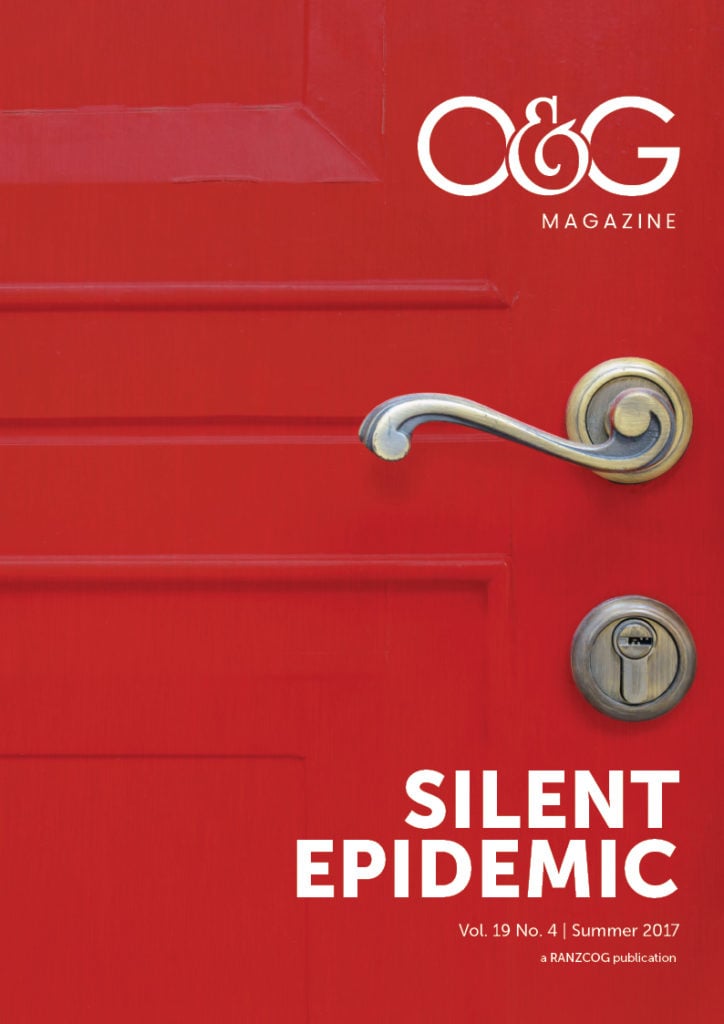The article, Dysmenorrhoea in adolescents, published in O&G Magazine Vol.19;No.3:p.36, proposes a high level of medicalisation of a common condition, affecting 60–70 per cent of all adolescents, and 15 per cent to a level of serious discomfort and inconvenience.
Although the theoretical basis of ovulation suppression by combined oral contraceptive pills (COCP) may be sound, I consider it to be inappropriate as first-line therapy, especially in young adolescents. COCP should be reserved for those whose symptoms do not respond to simple analgesics and/or prostaglandin suppression by NSAIDS. If a young adolescent is sexually active, she needs barrier contraception, but is less likely to use if already taking ‘the pill’.
Mefanamic acid is ideally taken from day minus 2 or 3, but can still be effective if taken as soon as the girl, like Lady of Shalott, realises that ‘the curse is upon me’. Many early adolescents will find this easier and more natural than a daily pill regimen. We should not forget that, for more than five decades, many women have discontinued COCP and sought alternative contraception because of side effects.
As a note of history, in the 1950s and 60s, dexamphetamine was combined with a small dose of sodium amytal in a pill that gave me, some friends and my patients rapid relief from cramping dysmenorrhoea. When I moved, as one did in those days, to the UK in 1968 these pills were being put to other uses, and were known as ‘purple hearts’. I learned this rather late, when my consultant received an urgent call from a scandalised GP about his new registrar’s prescribing sins – another good remedy wiped off the slate by external forces. Something like Debendox! (Debendox was an antiemetic; highly effective in early pregnancy with virtually no side effects. It was driven off that market around 1980 by ‘research’ that linked it, fraudulently, to heightened risk of fetal anomalies).






Leave a Reply